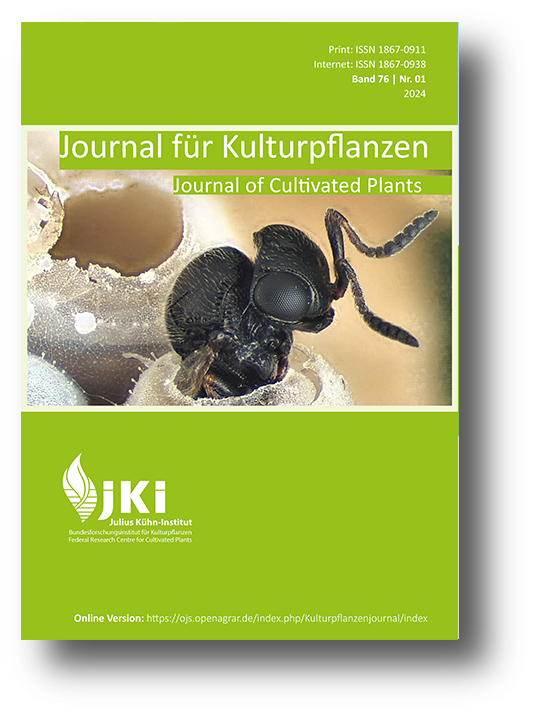"Roots and Water – Healthy Plants in the Sponge City" Report on the VIII Urban Plants Conference "How Does Urban Greenery Work Better?" on September 25, 2023, at the University of Göttingen
DOI:
https://doi.org/10.5073/JfK.2024.01.04Keywords:
Sponge city, plant damage, root spaceAbstract
One way to adapt cities to climate change is to implement the "sponge city” principle. Floods caused by heavy rainfall and droughts resulting from heatwaves is intended to be mitigated through phytotechnical and nature-based measures. The city should acquire the ability to absorb large amounts of sudden water, store it, and then release it through evaporation and targeted irrigation. But how do plants react when their roots are waterlogged? How long can such a condition last? How should the contact zone between the root zone and the stored water be designed? Does the sponge city promote soil-borne root pathogens? How does water pollution affect plant health? Do we need to select specific plants that are adapted to frequent changes from excess to insufficient water? These questions were addressed during the conference through presentations and joint discussions.
Downloads
Published
Issue
Section
License
Copyright (c) 2024 Falko Feldmann, Georg Henkel, Hartmut Balder, Mona Quambusch, Ute Vogler

This work is licensed under a Creative Commons Attribution 4.0 International License.
The content of the journal is licensed under the Creative Commons Attribution 4.0 License. Any user is free to share and adapt (remix, transform, build upon) the content as long as the original publication is attributed (authors, title, year, journal, issue, pages).
The copyright of the published work remains with the authors. The authors grant the Journal of Cultivated Plants, the Julius Kühn-Institut and the OpenAgrar repository the non-exclusive right to distribute and exploit the work.







